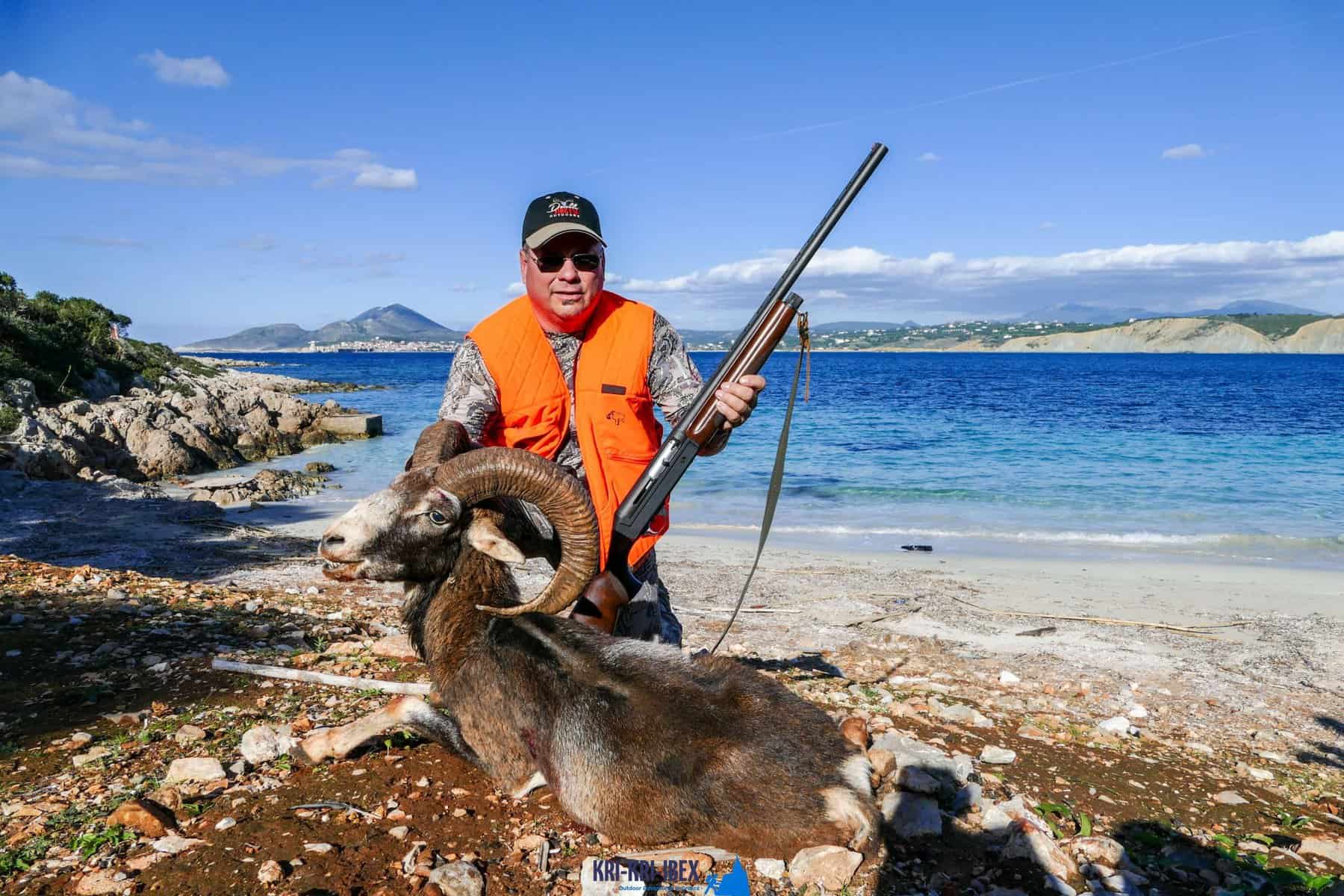
Searching for Kri Kri ibex in Greece is an exciting hunting and also an incredible holiday expedition all rolled right into one. For most hunters, ibex searching is a challenging undertaking with miserable conditions, yet not in this situation! Throughout five days of visiting ancient Greece, diving to shipwrecks, as well as spearing, you'll experience gorgeous Kri Kri ibex on an exotic island. What else could you want?

Hunting kri kri ibex in Greece is a difficult endeavor for both abroad and local hunters. Searching large video game in Greece is restricted for abroad seekers. Swine as well as roe deer are the only options for local seekers aside from kri kri ibex, which may just be pursued in unique searching territories such as certain islands. In Athens, we give the chance to search this incredible beast on 2 separate islands that are around 150 kilometers away as well as 300 kilometers away, respectively. The Kri Kri Ibex and also mouflon might only be fired on unique hunting locations from very early in the morning until noon, according to Greek legislation. You need to book a year beforehand for a permit. Just shotguns are permitted, and just slugs might be utilized. Due to the fact that the Greek Ministry of Nature and also Agriculture concerns only a particular number of licenses each year, severe seekers are permitted on these journeys.
Our exterior searching, angling, and complimentary diving trips are the excellent way to see everything that Peloponnese has to offer. These tours are created for vacationers that wish to get off the beaten path as well as really experience all that this unbelievable area needs to provide. You'll reach go hunting in some of the most stunning wilderness areas in Greece, fish in crystal-clear waters for a selection of various varieties, and also totally free dive in some of the most magnificent coastline in the Mediterranean. As well as most importantly, our seasoned overviews will certainly exist with you every action of the method to make certain that you have a pleasurable as well as secure experience.
So if you are searching for a genuine Greek experience away from the pressure of tourist after that look no further than Methoni in The Peloponnesos! Our outdoor searching for Kri Kri ibex, fishing, totally free diving and also touring Peloponnese excursions from Methoni are the excellent way to explore this attractive area at your very own rate with like minded individuals. Contact us today to reserve your position on among our tours.
What is the diference between Kri Kri ibex, Bezoar ibex and hybrid ibex
The kri-kri is not thought to be indigenous to Crete, most likely having been imported to the island during the time of the Minoan civilization. Nevertheless, it is found nowhere else and is therefore endemic to Crete. It was common throughout the Aegean but the peaks of the 8,000 ft (2,400 m) White Mountains of Western Crete are their last strongholds–particularly a series of almost vertical 3,000 ft (900 m) cliffs called ‘the Untrodden’—at the head of the Samaria Gorge. This mountain range, which hosts another 14 endemic animal species, is protected as a UNESCO Biosphere Reserve. In total, their range extends to the White Mountains, the Samaria National Forest and the islets of Dia, Thodorou, and Agii Pandes.
This Ibex is NOT a diminutive form of the Bezoar Ibex, which has migrated into the western-most reach of the range of this species. The kri – kri (Capra aegagrus cretica), sometimes called the Cretan goat, Agrimi, or Cretan Ibex, is a feral goat inhabiting the Eastern Mediterranean, previously considered a subspecies of wild goat. The kri-kri has a light brownish coat with a darker band around its neck. It has two horns that sweep back from the head. In the wild they are shy and avoid tourists, resting during the day. The animal can leap some distance or climb seemingly sheer cliffs.
“The agrimi goat Capra aegagrus cretica is unique to Crete and its offshore islands. It has been identi®ed as a sub-species of the wild bezoar goat Capra aegagrus aegagrus Erxleben, 1777, which it closely resembles in horn shape, body form and coloration. This classi®cation has been disputed by some researchers who claim that the agrimi are feral goats, derived from early domestic stock brought to the island by the ®rst Neolithic settlers. In order to clarify this issue, DNA analyses (cytochrome b and D loop sequences) were carried out on tissue of live and skeletonized agrimi and compared to sequences of wild and domestic caprines. Results conclusively show the agrimi to be a feral animal, that clades with domestic goats (Capra hircus) rather than with wild Asiatic bezoar. This study demonstrates that morphometric criteria do not necessarily re¯ect genetic af®nities, and that the taxonomic classi®cation of agrimi should be revised.”